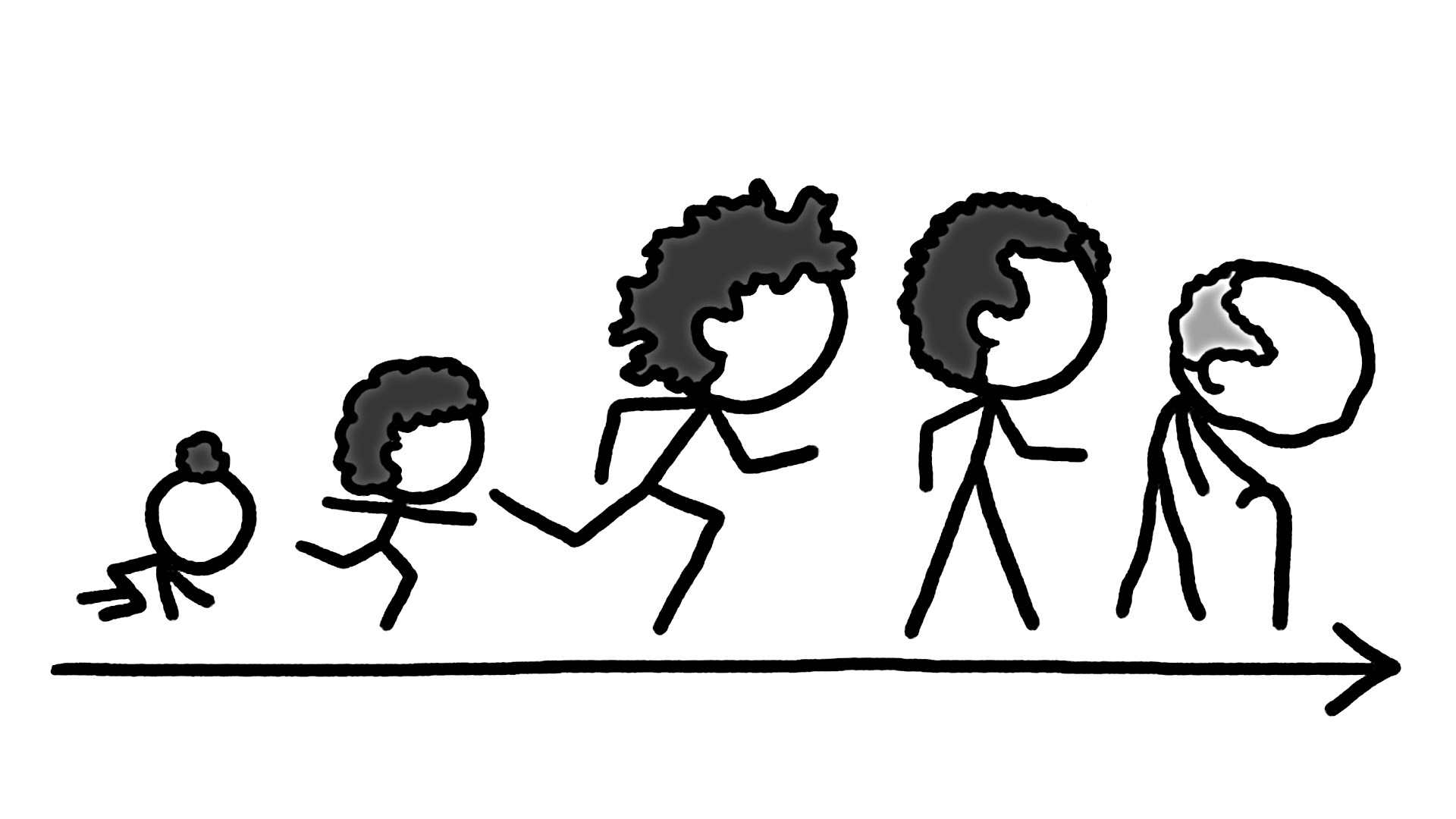We’d like to thank Focus Features for sponsoring this video – and for inviting us to pre-screen their summer 2015 film “Self/Less”. It’s a sci-fi flick that explores memory, consciousness, and immortality, and it made us think about the types of immortality that already exist here on Earth. A big thanks to Focus Features for supporting MinuteEarth!
Thanks also to our Patreon patrons:
– Today I Found Out
– Jeff Straathof
– Maarten Bremer
– Mark
– BurmansHealthShop
– Alberto Bortoni
– Avi Yashchin
– Valentin
– Nicholas Buckendorf
– Antoine Coeur
YOU can also support us on Patreon:
___________________________________________
Want to learn more about the topic in this week’s video? Here are some key words/phrases to get your googling started:
– negligible senescence: not showing signs of age-related progression
– biological immortality: having a mortality rate that does not increase with increasing age
________________________
MinuteEarth provides an energetic and entertaining view of trends in earth’s environment – in just a few minutes!
Created by Henry Reich
With the MinuteEarth team: Alex Reich, Peter Reich, Emily Elert, Ever Salazar, Kate Yoshida, and Henry Reich. Music by Nathaniel Schroeder:
________________________
Subscribe on YouTube:
And follow us on Vessel:
And here we are on iTunes:
Also, say hello on:
:
:
________________________
References:
Aubert, G. & Lansdorp, P. M. (2008) Telomeres and aging. Physiological Review 88(2): 557–579.
Bavestrello, G. Sommer, C., and Sará, M. 1992. Bi-directional conversion in Turritopsis nutricula. In Aspects of Hydrozoan Biology. (J. Bouillon et al., editors). Scientia Marina 56 (2-3): 137-140.
Buffenstein R. (2008) Negligible senescence in the longest living rodent, the naked mole rat: Insights from a successfully aging species. Journal of Comparative Physiology B 178: 439-445.
Finch, C.E. (1998) Variations in senescence and longevity include the possibility of negligible senescence. Journal of Gerontology: Biological Sciences 53A(4): B235–239.
Piraino, S., Boero, F., Aeschbach, B., Schmid, V. (1996) Reversing the life cycle: medusae transforming into polyps and cell transdifferentiation in Turritopsis nutricula (Cnidaria, Hydrozoa). Biological Bulletin 190: 302-312.
Tian, X., Azpurua, J., Hine, C., Vaidya, A., Myakishev-Rempel, M., Ablaeva, J., Mao, Z., Nevo, E., Gorbunova, V., & Seluanov, A. (2013) High-molecular-mass hyaluronan mediates the cancer resistance of the naked mole rat. Nature 499: 346–349.
Image Credits: Nake Mole Rat – Buffenstein/Barshop Institute/UTHSCSA
Naked Mole Rat – Roman Klementschitz, Wien
Chipmunk – Gilles Gonthier
Capybara – Karoly Lorentey

